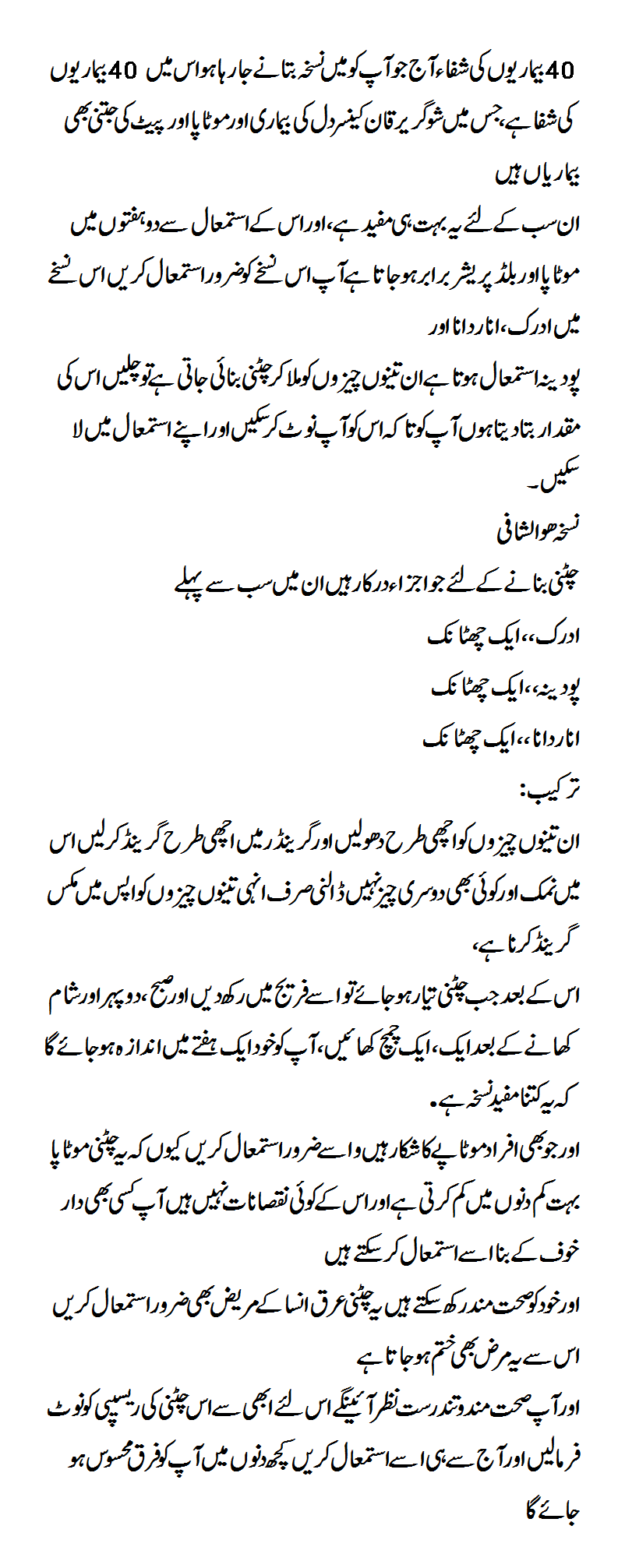One of the most amazing aspects of the human body is its ability to heal itself. There are 30-40 trillion cells in the human body, and every second that we’re alive, these cells work tirelessly to achieve equilibrium, keeping us at—or bringing us back to—a natural balance. When we abuse our bodies or become ill, cells can be damaged or destroyed, sometimes in large quantities. However, these cells have the ability to heal or replace themselves, all to keep the body functioning at optimal levels.
CELL REPAIR FOLLOWING INJURY
There are many examples of how the body repairs itself; the liver regenerates; intestines regenerate their lining; bones grow back; lungs repair after quitting smoking; and more. But probably the simplest example of cell repair is demonstrated through a bleeding injury. Following an injury in an otherwise healthy body, blood vessels at the site contract to slow the bleeding, while blood platelets begin clumping together to form a clot to stop the bleeding. Once the clot is in place, blood vessels reopen a bit to allow the necessary amount of oxygen back into the wound for healing.
Next, white blood cells begin digesting dead cells in order to make room for new cells to form. They also fight infection and oversee the repair process. In the rebuilding process, oxygen-rich blood cells arrive to build new tissue by creating collagen (you usually see the result of this process as a scar that starts out red and dulls over time). Over time, the new tissue gets stronger until the process is complete.
PATIENT FACTORS AFFECTING WOUND HEALING

While the body’s ability to heal itself is truly impressive, there are still a number of patient factors that can affect the process. For example, on elderly patients, skin and muscle tissue have generally lost tone and elasticity and their circulation may be compromised, lengthening healing time (poor circulation in the extremities can also slow healing time in diabetic patients). For obese patients, the risk of postoperative complications is higher because excess adipose tissue, or fat, at the wound site does not have a good blood supply, making it more vulnerable to trauma or infection.
The diet of a patient can also affect wound healing, regardless of a patient’s weight. If they are lacking in carbohydrates, proteins, zinc, and vitamins, healing may be delayed because collagen synthesis—the building blocks for wound healing—won’t happen properly. Dehydration, which causes an electrolyte imbalance, can also decrease oxygenation to the tissues, which is needed to promote natural healing.